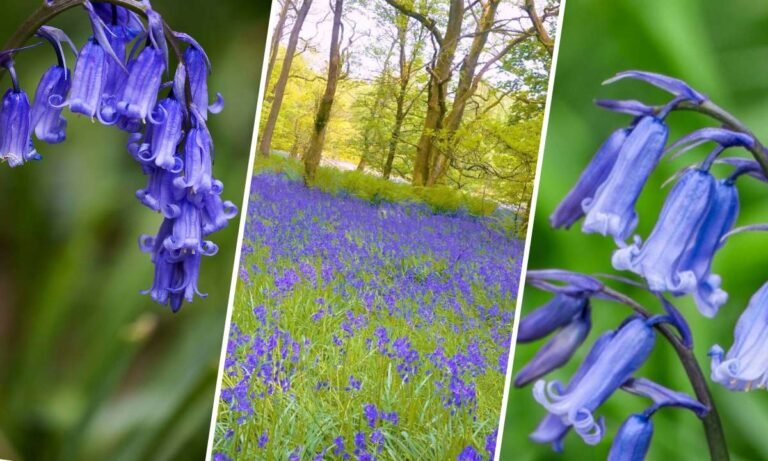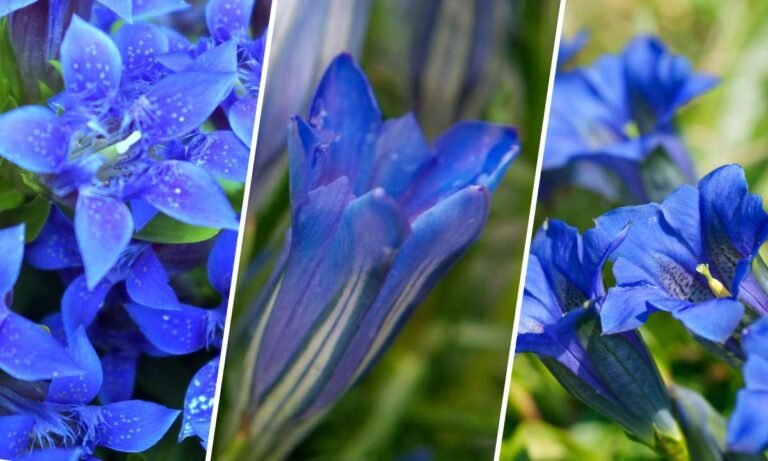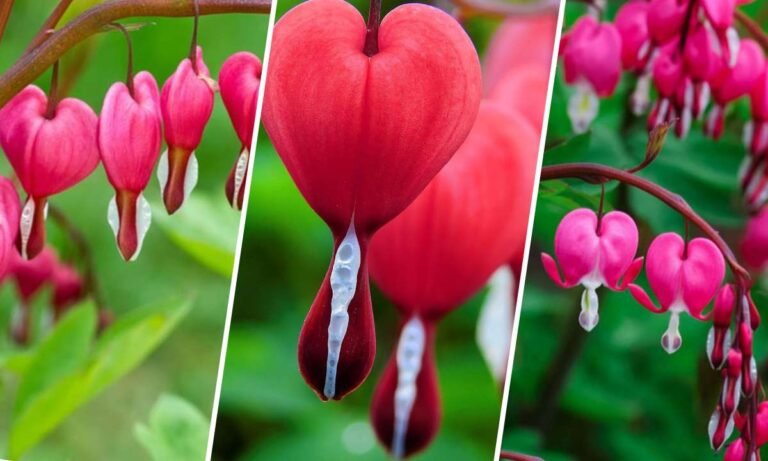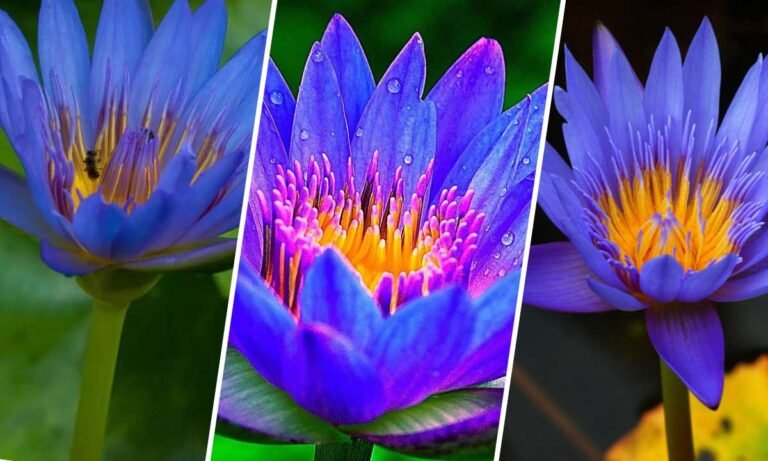The dandelion flower is often seen as just a common weed, but it carries a rich history and many deep meanings. Let’s explore the significance of the dandelion, looking at its symbolism, history, cultural relevance, and more. Join us as we uncover the secrets behind this resilient and captivating flower.
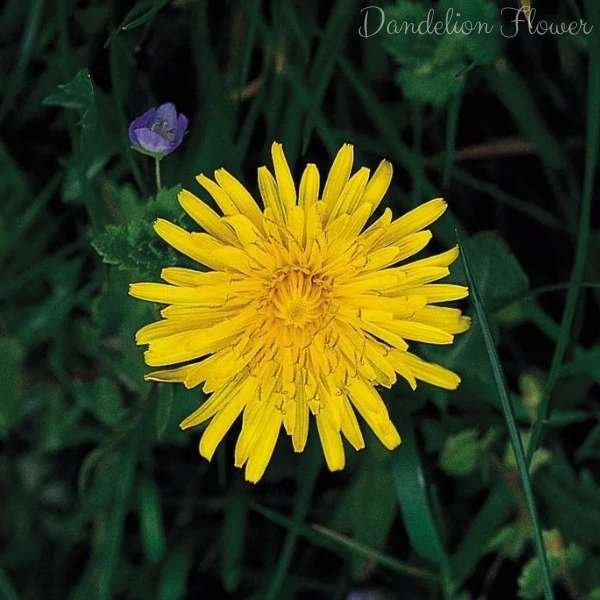
Origins and Historical Significance
The dandelion (Taraxacum officinale) is thought to have originated in Europe and Asia. This tough plant has a long history of use in traditional medicine and cooking. Its name comes from the French “dent-de-lion,” meaning “lion’s tooth,” which refers to the jagged edges of its leaves.
Medicinal Uses Throughout History
Dandelions have been used for their healing properties for centuries. Ancient Egyptians, Greeks, and Romans knew the dandelion for its ability to treat various health issues like digestive problems, liver conditions, and skin ailments. The flower, leaves, and roots were all used in different preparations, making it a versatile part of herbal medicine.
Culinary Uses
Beyond its medicinal uses, the dandelion has been a staple in various cuisines. The leaves are often used in salads, while the roots can be roasted and used as a coffee substitute. Dandelion wine, made from the flower heads, is another popular preparation enjoyed for generations.
Symbolism and Meanings
Resilience and Perseverance
One of the most well-known meanings of the dandelion is resilience. This flower can grow almost anywhere, thriving in conditions that would be tough for many other plants. Its ability to endure and prosper makes it a symbol of perseverance and strength.
Wishes and Dreams
The dandelion is also closely linked to wishes and dreams. The fluffy seed heads, often blown by children to make a wish, have become a universal symbol of hope and the realization of dreams. Each tiny seed is seen as carrying a wish, spreading potential wherever it lands.
Healing and Growth
In the context of healing, the dandelion represents growth and transformation. Its roots dig deep into the earth, symbolizing grounding and stability, while its vibrant yellow flowers denote joy and positivity. The dandelion’s lifecycle—from a closed bud to a blooming flower to a seed head—mirrors the journey of healing and personal growth.
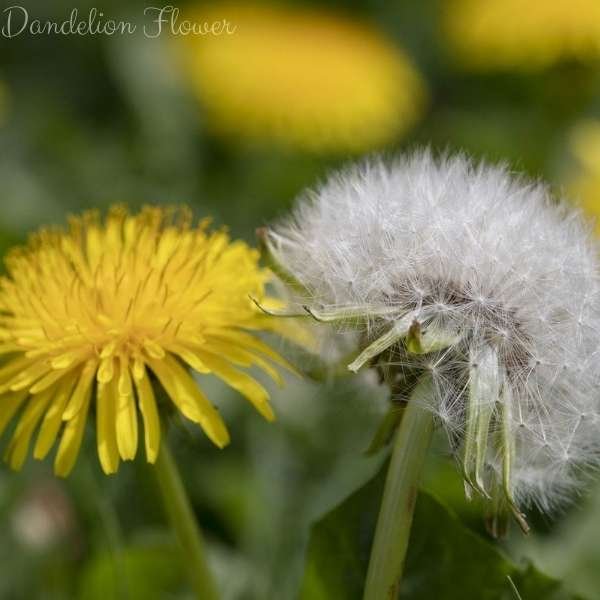
Cultural Significance
Folklore and Traditions
The dandelion holds a place in various folklore and traditions around the world. In some cultures, it is believed that blowing on a dandelion seed head can tell the future. The number of seeds left after blowing is said to indicate the number of years until one finds true love or the number of children one will have.
Symbol in Art and Literature
Artists and writers have long been inspired by the dandelion’s beauty and symbolism. It often appears in poetry, paintings, and literature, representing themes of fleeting beauty, the passage of time, and the persistence of life.
Varieties of Dandelions
While the common dandelion is the most well-known, there are several varieties within the Taraxacum genus. These varieties may differ slightly in appearance and habitat but generally share the same resilient characteristics and symbolic meanings.
Common Dandelion (Taraxacum officinale)
This is the most widespread variety, recognizable by its bright yellow flowers and fluffy seed heads. It is found in temperate regions across the globe and is the variety most associated with the dandelion’s traditional uses and meanings.
Red-seeded Dandelion (Taraxacum erythrospermum)
Another notable variety is the red-seeded dandelion, which features slightly red-tinted seeds. This variety is less common but shares many of the same properties and symbolism as its yellow counterpart.
How to Grow and Care for Dandelions
Growing Conditions
Dandelions are incredibly easy to grow, requiring minimal care. They thrive in well-drained soil and prefer sunny locations but can also tolerate partial shade. Their hardy nature allows them to grow in poor soil conditions where other plants might struggle.
Planting and Maintenance
To plant dandelions, simply scatter the seeds on the surface of the soil and lightly cover them. They do not require deep planting. Once established, dandelions need little maintenance. Regular watering during dry periods will help keep them healthy, but they are generally drought-tolerant.
Pest and Disease Control
Dandelions are relatively pest-resistant. However, they can occasionally be affected by aphids or fungal diseases. Natural predators, such as ladybugs, can help control aphid populations, and ensuring good air circulation around the plants can prevent fungal issues.
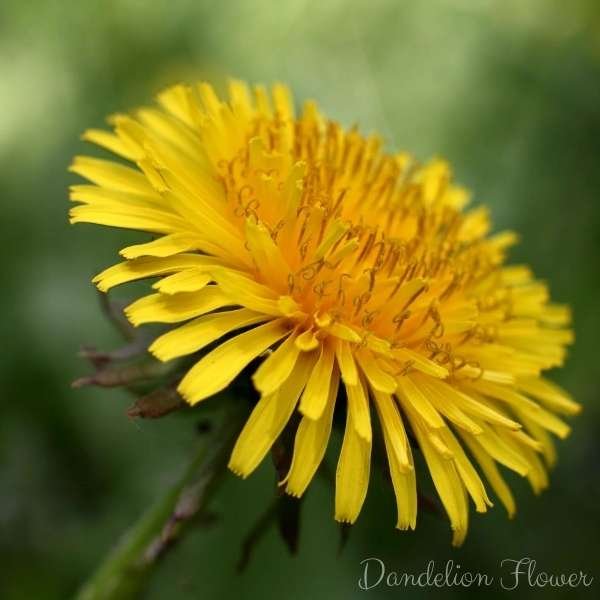
Conclusion
The dandelion flower is much more than a common weed. Its resilience, symbolic meanings, historical significance, and cultural relevance make it a fascinating and valuable plant. Whether admired for its beauty, used in traditional medicine, or appreciated for its symbolic richness, the dandelion continues to captivate and inspire.

